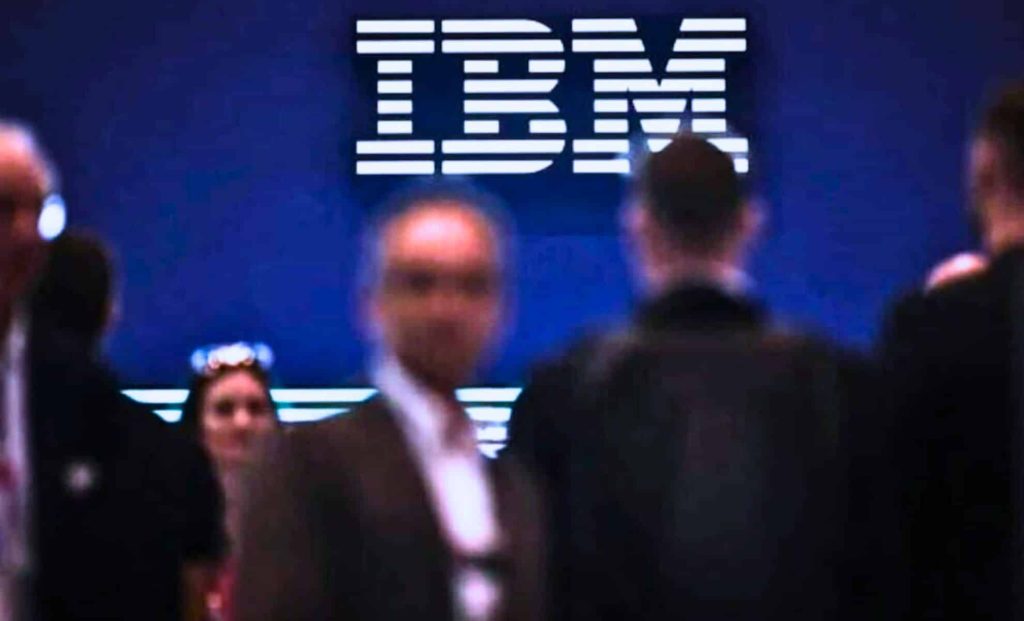In 2023, IBM made waves by laying off more than 8,000 employees, largely within its human resources division. The move was framed as part of a broader AI transformation strategy, spearheaded by a system called AskHR—an internal chatbot built to automate tasks like payroll, vacation scheduling and benefits documentation. It was, according to IBM executives, a necessary step towards streamlining operations and cutting costs.
And it worked—at least on paper. Within a year, IBM reported a $3.5 billion increase in productivity across over 70 job roles, a figure that was widely cited as proof that AI had arrived not just as a technological upgrade, but as a business imperative.
But what came next surprised many inside and outside the company: IBM began hiring again—in large numbers. Only this time, the roles weren’t in admin or back-office functions, but in software engineering, sales, and marketing—areas where human creativity and complex decision-making remain critical.
A Pivot, Not a U-Turn: AI Freed up Cash, Not People
IBM’s CEO, Arvind Krishna, addressed the unexpected shift in an interview with The Wall Street Journal, explaining that the cost savings from automation had been reinvested into higher-value roles. “Our total employment has actually gone up,” he said. “What [AI] does is it gives you more investment to put into other areas.”
In other words, while routine work was absorbed by machines, new needs emerged—ones that algorithms simply couldn’t handle. The company discovered that although AI could answer millions of employee queries (11.5 million, in fact, in 2024 alone), it couldn’t close a sales deal, design a user interface, or read between the lines of a client complaint.
A report by McKinsey & Company supports this pattern, suggesting that AI adoption often reshapes workforces rather than reducing them outright. While up to 30% of tasks in many jobs could be automated, the report found, that doesn’t always translate into fewer people—but rather different people doing different things.
Human Touch Still Matters—Even in an AI-First Firm
IBM’s experience also highlighted the limits of automation. Despite the rollout of AskHR, around 6% of employee requests still required human assistance. This wasn’t due to system failures, but the type of inquiries—those involving emotion, judgment, or subtlety.
Perhaps more telling is how customer satisfaction responded. The AskHR platform helped boost IBM’s internal Net Promoter Score (NPS) from -35 to +74—a jump that would raise eyebrows in any industry. Still, executives were careful to note that AI was not a complete replacement for human teams, but a tool for triage and efficiency.
Krishna was candid in his remarks, rejecting the more apocalyptic narratives that have dominated public discourse around AI and jobs. “AI will automate some tasks, yes,” he said. “But it will also create entirely new categories of work.”
This view directly contrasts with warnings from tech leaders like Dario Amodei, CEO of Anthropic, who recently claimed AI could eliminate up to half of entry-level white-collar jobs. Krishna, for his part, called those estimates “exaggerated”, arguing that such forecasts often fail to account for the redeployment of labor within companies.
A Blueprint for AI-Era Workforce Planning?
IBM’s journey may soon serve as a template for other companies navigating the complex intersection of AI adoption and workforce evolution. As noted in a 2025 study by Harvard Business Review, companies that approach AI as a workforce partner—not a workforce replacement—are more likely to see long-term returns.
Other tech giants are watching. Firms like Google, Microsoft, and Spotify have similarly embraced targeted automation, focusing on back-end efficiencies while continuing to invest heavily in human-led innovation.

